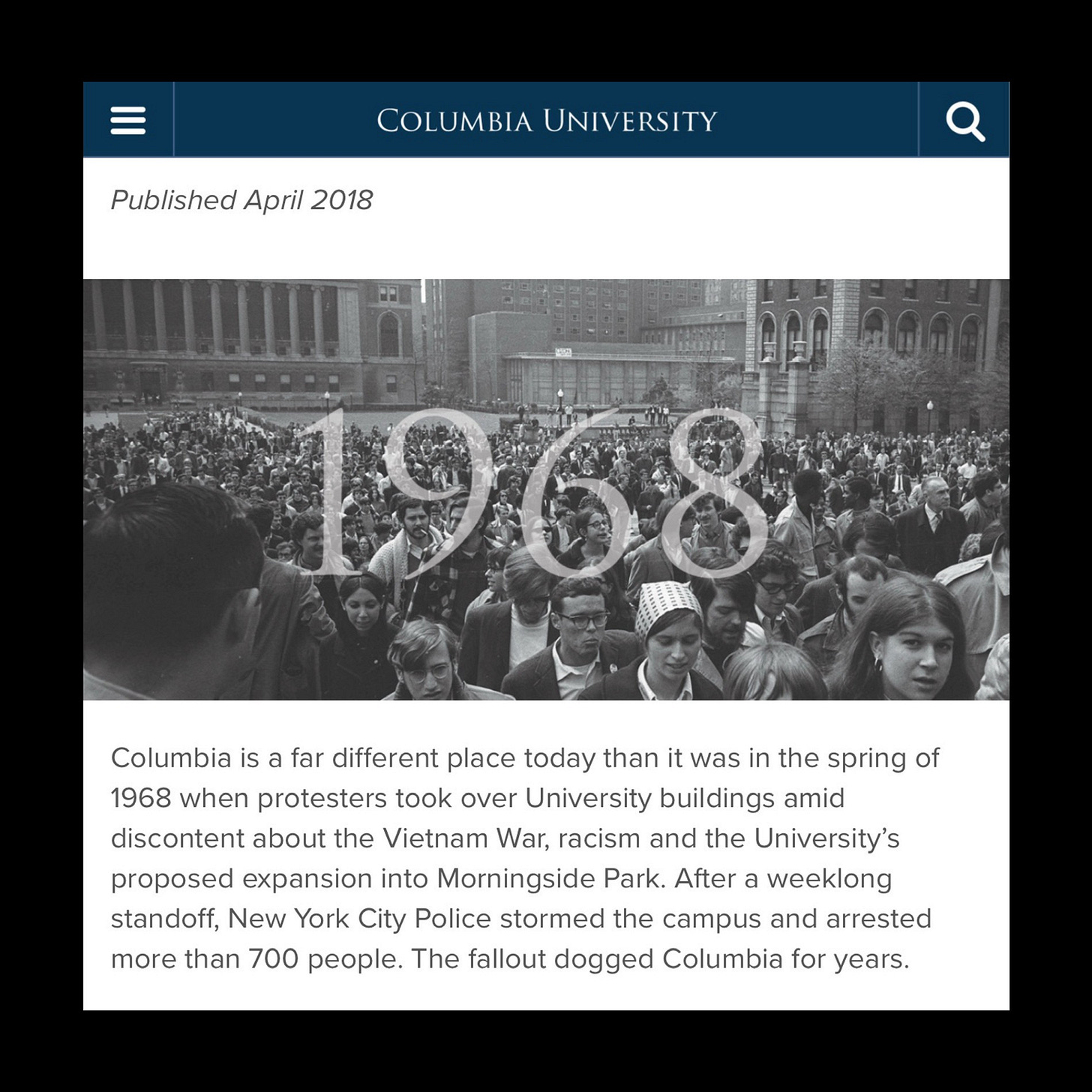
•
Who is telling the story?
My patient is a victim of abuse and she tells me that at the previous hospital, no one believed her.
My patient’s previous chart labels her as “noncompliant” and a “poor historian.”
I wonder how much it would change if we really saw her: afraid, angry, frustrated, shamed, disbelieved, and completely dignified.
It matters who tells our stories and how.
•
Who is telling the story?
Mahmoud Khalil, arrested in front of his pregnant wife of eight months and held by ICE, suffers a second indignity by being labeled “anti-American, agitator, pro-terr*rist.” But he is a husband, son, graduate, father.
And if anything is “anti-American,” it is his detainment.
It matters who tells our stories and how.
•
Whose story is tossed aside?
When scientists and researchers are demanded to solve problems perpetuated by an individualistic people, then lose funding and are accused of fraud,
when healthcare workers are hailed as heroes one moment, then the very next violently attacked and blamed and underresourced,
when POC are demanded to work twice as hard to get half as far, then called “unqualified”
—we need to tell the whole story.
•
A theology that demonizes will wield a degrading language. This we know. But so much of that language is insidiously subliminal, coiled tight into minds, culure, policy. It kills victims twice, by both taking their life and making it “worthless.”
It causes too many to be seen as subhuman: Kilmar Abrego Garcia, Victor Perez, Mahmoud Khalil, Mohsen Madawi, Rümeysa Öztürk.
Infuriating comments like
“She had limited value”
by a police officer about the death of Jaahnavi Kandula are reflective of rhetoric that led to violence against
Sonya Massey, Javion Magee, Rebecca Cheptegei, Agnes Tirop, Gisele Pelicot, Victoria Lee, Christian Hall, O’Shae Sibley, Tyra Hunter, Imam Khalifah (Marcellus Williams), Wadea Al-Fayoume, Frank Tyson, Mahsa Amini, Trevon Isaiah Taylor Jr, the infant de**pitated in childbirth, and millions of people killed and displaced in Palestine, Congo, Sudan, Syria, and too many others.
It is cumulative and devastating. It fuels misogyny, transphobia, Islamophobia, antisemitism, Indigenous erasure, injecting fear into theology, conjuring a phantom enemy but no real contribution. All co-signed by “god.”
I know I’ve gotten it wrong too. But what I know is that if my worldview ever compels me to erase someone’s dignity, then Scripture has become my weapon and not a mirror to check myself.
Then my faith is a no longer a home for connecting with God, but a throne in my own image. Then my worldview adds nothing of value, but only takes away the little that my neighbor has.
As James Baldwin says, “If the concept of God has any validity or any use, it can only be to make us larger, freer, and more loving.”
•
How do we hear the story?
Resuscitation efforts for Black patients are given about 25% less time than white patients.
Black patients are more likely to be refused pain meds because “they can take it” and have “thicker skin.”
Then this:
An increase in Black doctors leads to more preventive screening, leading to 19% reduction of cardiovascular mortality gap.
A 10% increase in Black doctors in a given area leads to an average 30 days increased life of Black male patients.
To see can save lives.
•
Who stands to suffer when their story is untold?
“2020: attacks on “BLM”
2022: attacks on “CRT”
2024: attacks on “woke”
2025: attacks on “DEI”
BLACK.
THEY MEAN BLACK.”
•
Who is telling the story?
Men who have a heart attack may have pain in their chest, jaw, and left arm.
But women having a heart attack may experience back pain, nausea, shortness of breath, and an “impending sense of doom.”
Heart disease was largely only studied in men. It wasn’t until 1993 that a law was passed for NIH to include more women and POC in their studies, and still a gap remains. 72% of women wait over 90 minutes to call 911 for a heart attack, while 54% of men do the same.
•
How do we tell the story?
A report on media bias against Gaza concluded:
“76% of online articles frame the conflict as an ‘Isr*el-H*mas war,’ while only 24% mention ‘Palestine/Palestinian …’
Emotive language describes Isr*elis as victims of attacks 11 times more than Palestinians.
In broadcast TV, Isr*ali perspectives were referenced almost three times more than Palestinian ones. In online news it was almost twice as much.”
It deeply matters how we tell our stories.
•
Who is writing our stories?
Chester B. Cebulski, the editor-in-chief at Marvel comics, wrote manga for a year under the name “Akira Yoshida.”
When Chester, not Asian but white, was outed, he called his theft “old news” and he’s “turning a page.” He portrayed racist images of the Japanese but was given a pass because he was “Asian.”
There’s also David Wong (Jason Pargin), poet Yi-Fen Chou (Michael Derrick Hudson), and Keiko Yamada (Larry Clark), who pretended to be a Japanese female composer.
•
Who gave us this story?
For too long I believed the “model minority myth”—that Asian Americans are silent, passive, make no trouble.
But over 10,000 Korean students in 1980 protested against martial law.
1983 when Vincent Chin was murdered brutally, thousands rose up globally.
2002 on Yangju Highway, when two Korean schoolgirls were run down by US army tanks, 50,000 Korean citizens marched.
1992 tensions went layers deep in the LA Riots, but they ended with 30,000 Black and Asian neighbors marching together in solidarity.
In 1975 when Peter Yew in New York was beaten illegally by the police, and 20,000 in ChinaTown took to the streets.
In 1867, 3000 Chinese laborers on American railroad lines fought for fair wages and better rights.
In 2018, 70,000 women in South Korea marched against misogyny.
60,0000 students in 1987 protested for a just democracy.
Over 200,000 gathered to see the Pres. impeached on December 14th, 2024 for declaring martial law, which only lasted six hours because hundreds mobilized to protest overnight. 🇰🇷
To quote Toni Morrison: “Invisible to whom? Not to me.”
•
“It’s only 1% of people.”
That was said about covid, about Black and Asian and Indigenous lives, about abusive churches, the medical necessity for reproductive safety, victims of climate disasters, about trans lives, about Palestinian, Lebanese, Sudanese, Congolese lives.
But even if it’s just one:
It matters 100% to that one person.
If I knew one person out of 100 was suffering, the 99 doesn’t make up for the one. We can celebrate 99 good stories, but the one wounded still needs all of us.
•
I’ll say it again:
When you see those moved in collective grief, permeated by anger, shouting, marching, singing, and shaking,
this is our necessary and ancient response when we know change must happen.
Listen to this grief.
It has been silenced
but can never be silenced for long. ❤️🩹
“There is no agony like bearing an untold story inside you.”
— Zora Neale Hurston, Dust Tracks on a Road
Sources:
Resuscitation for Black and white patients:
https://www.annemergmed.com/article/S0196-0644(20)31161-6/fulltext
Black patients and pain:
https://www.pnas.org/doi/10.1073/pnas.1516047113
Black doctors and Black men:
https://hbr.org/2018/08/research-having-a-black-doctor-led-black-men-to-receive-more-effective-care
Black doctors and increasing the length of lives of Black patients:
https://jamanetwork.com/journals/jamanetworkopen/fullarticle/2803898
Sources on NIH and gap of response between women and men:
https://grants.nih.gov/policy-and-compliance/policy-topics/inclusion/women-and-minorities/guideline
https://pmc.ncbi.nlm.nih.gov/articles/PMC8742618/
Source on media bias against Gaza: https://cfmm.org.uk/cfmm-report-media-bias-gaza-2023-24/





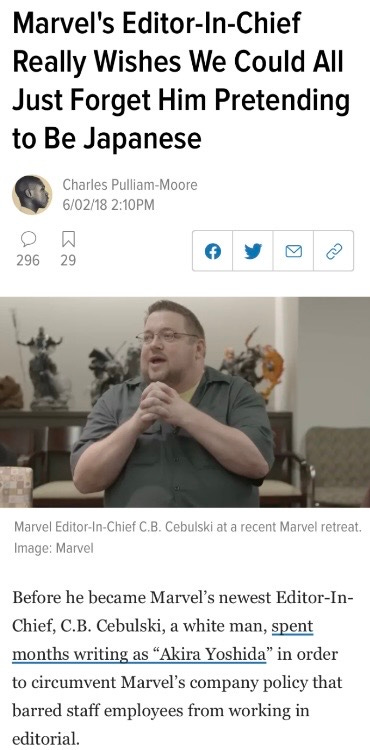
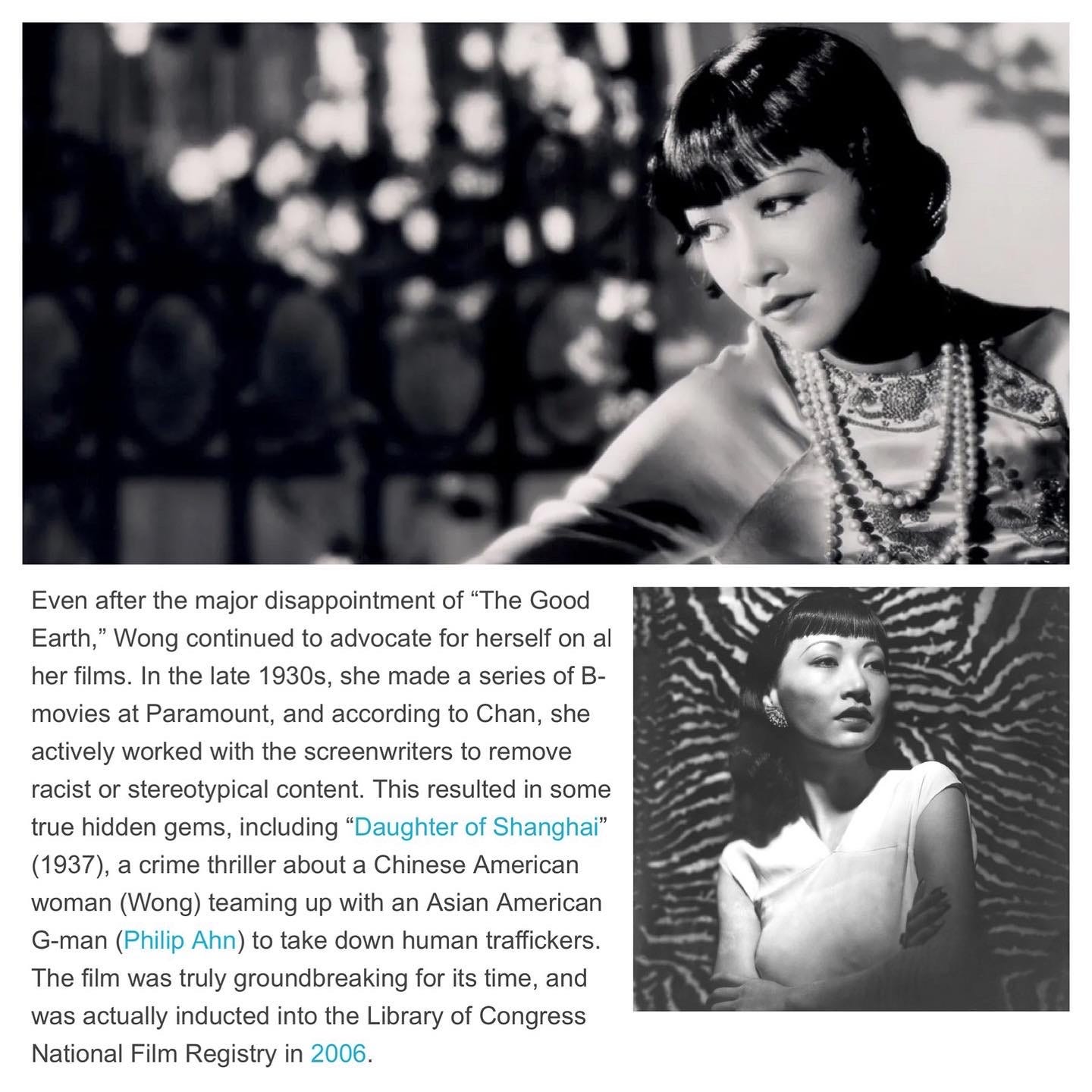

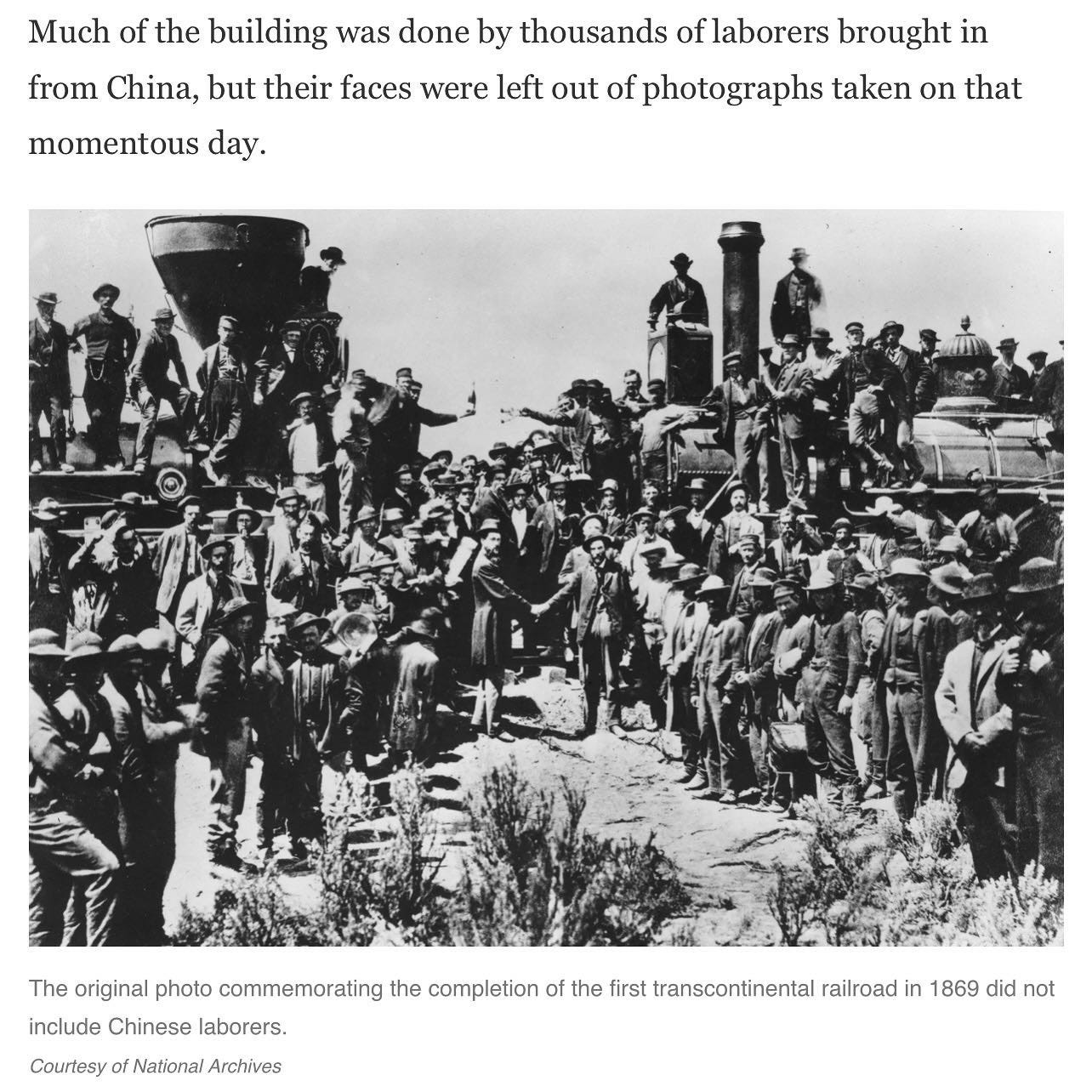
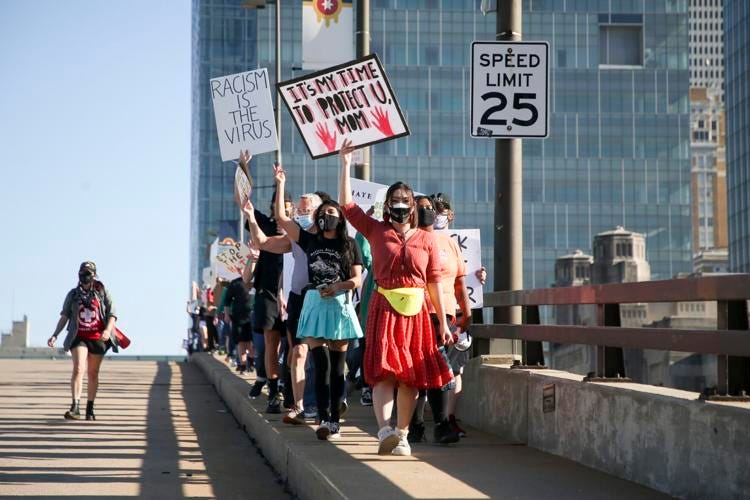
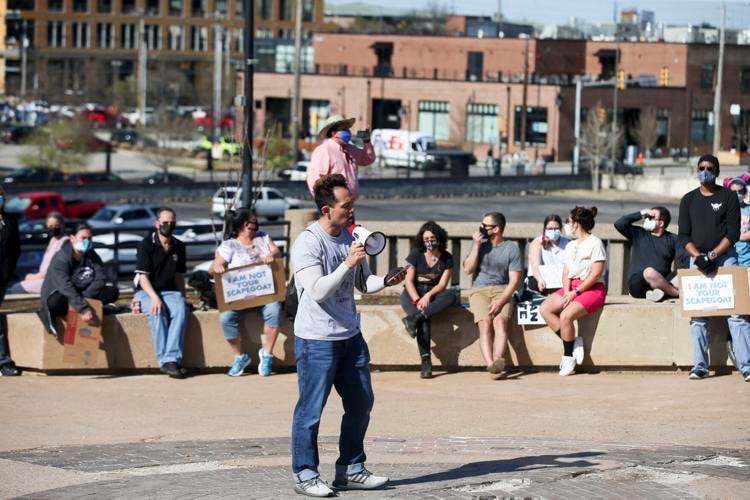

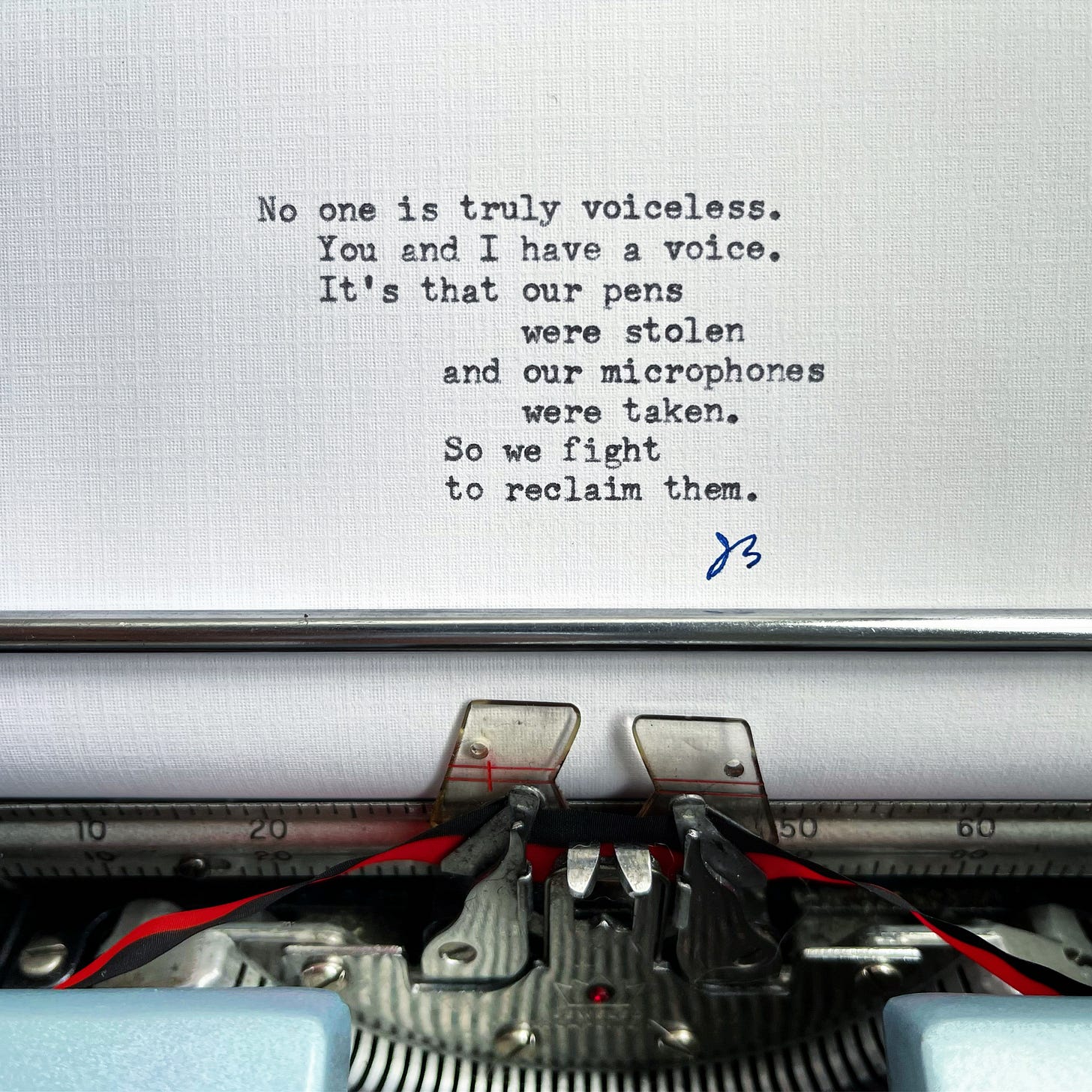
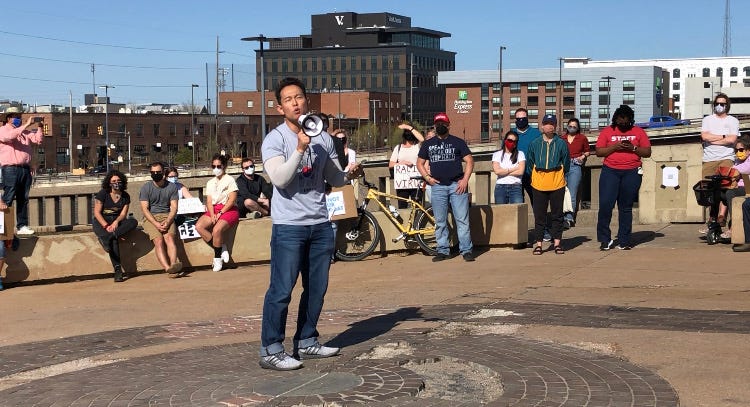
And this is why I write, because no one who is unworthy of holding the pen will tell my story for me. Storytelling is liberation and representation and a form of social justice. Thank you for seeing us JS.
Thanks for including all the photos in this piece. It’s wonderful and I’m so glad you wrote it.